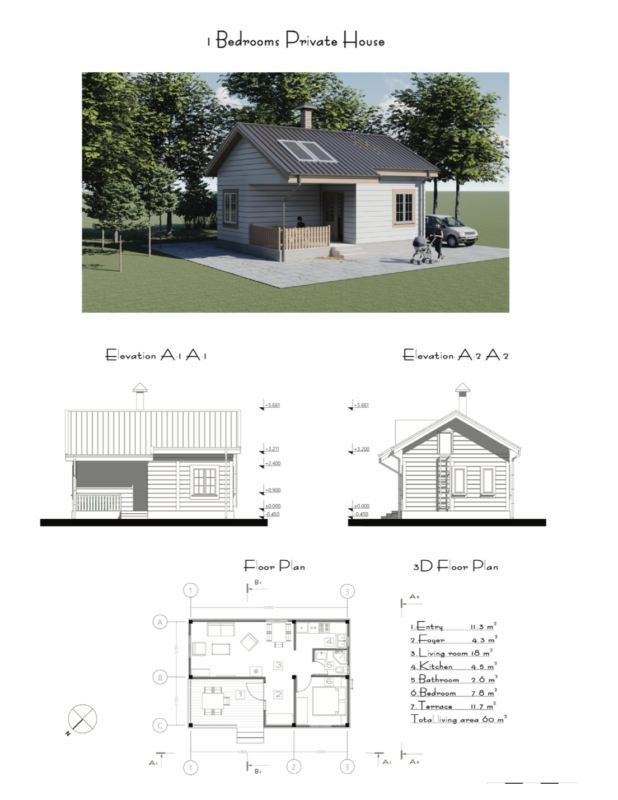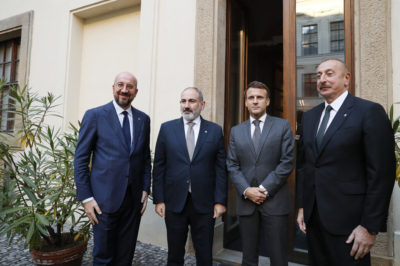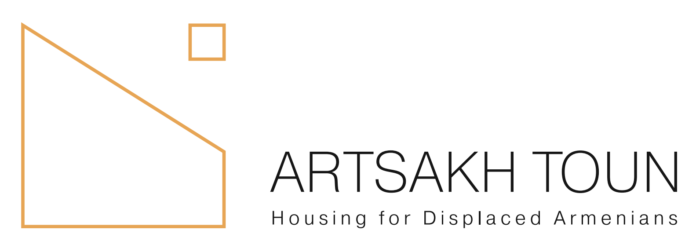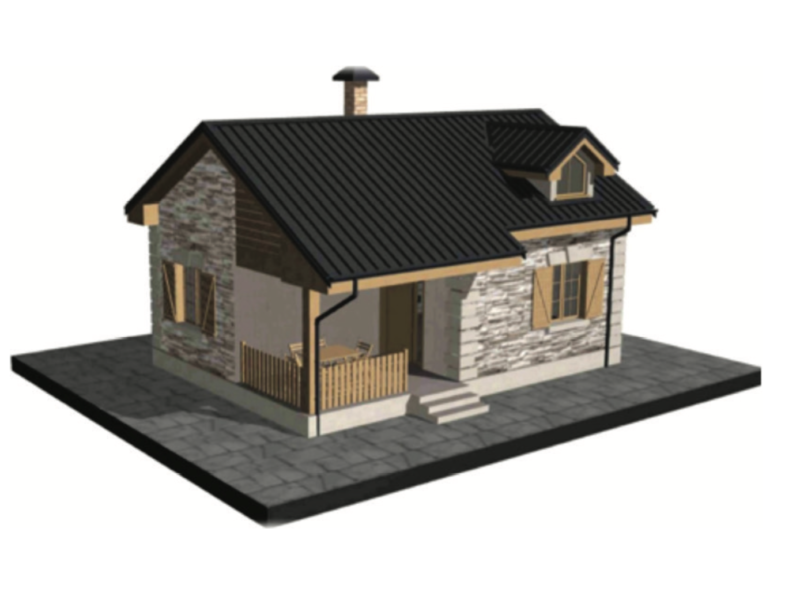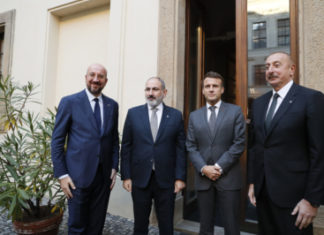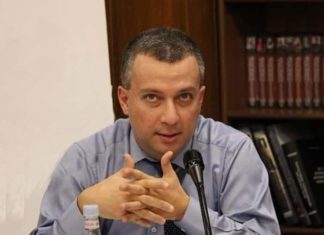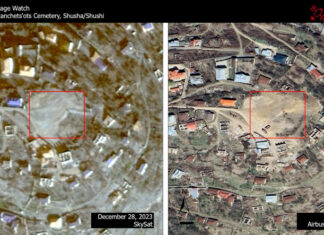BRUSSELS – One of the major results of the Artsakh War of 2020, along with the loss of territory in Artsakh, is the dislocation of tens of thousands of Armenians who have lost their homes. Their ability to remain in Artsakh is in question and the time remaining to solve this problem is limited. Artsakh Toun is a project which offers a solution. The approach was developed by four people, architects and urban planners Movses Der Kevorkian and Sevag Asryan, project manager and coordinator Gregory Guerguerian, and businessman and philanthropist James Tufenkian. Der Kevorkian and Guerguerian are based in Brussels, Belgium, Asryan in Stepanakert, Artsakh and Tufenkian in the United States.

Der Kevorkian, born in Lebanon, is the founder of Sill and Sound architects in Belgium and has over 15 years of experience in urban planning, architecture, renovation and construction site management in Armenia, Belgium and Lebanon. He exclaimed, “We should realize that we are facing a humanitarian catastrophe. We are not sure that people realize this.” He observed that recently, when going to the office of Hayk Khanumyan, Minister of Territorial Administration and Infrastructure of the Republic of Artsakh for a meeting, the building was empty early in the morning. However, when he opened the door to leave sometime before noon, the corridor was full of people from Shushi, Hadrut, Kashatagh, Karvajar and all over Artsakh, all desperate for houses or places to stay. Their needs are immediate.
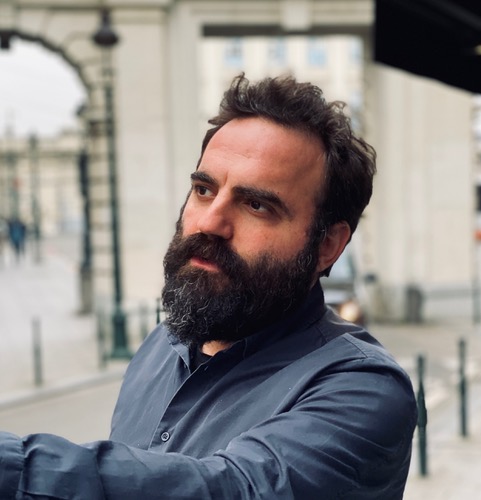
Khanumyan estimated that there are around 40,000 displaced people willing to come back, which means roughly 7,000 families needing 7,000 homes.
The Project
Guerguerian, born and raised in Paris, moved to Belgium four years ago. He worked for many years in the field of information technology before going to Indonesia in 2012 and opening a series of French bakery/cafes, for which he continues to work as sales and marketing manager. The 42-year-old also has been volunteering for various Armenian projects since the age of 19. Guerguerian prior to the 2020 war was working with Tufenkian on an agriculture project for the Kashatagh region of Artsakh, which of course had to be cancelled. Tufenkian and he then came up with the idea of finding the most adaptive solution for housing refugees from Artsakh.
Guerguerian began collecting information but it turned out to be too technical for him, he said, so he reached out for help from Der Kevorkian and Asryan, who have extensive relevant knowledge. By the end of December 2020, the team was set up, and the members began to design six or seven options for housing construction, from cheap to more expensive, which could be built from the span of a few days to that of several months. After preparing a catalogue, they began presenting it to different organizations to do fundraising and start the project.
